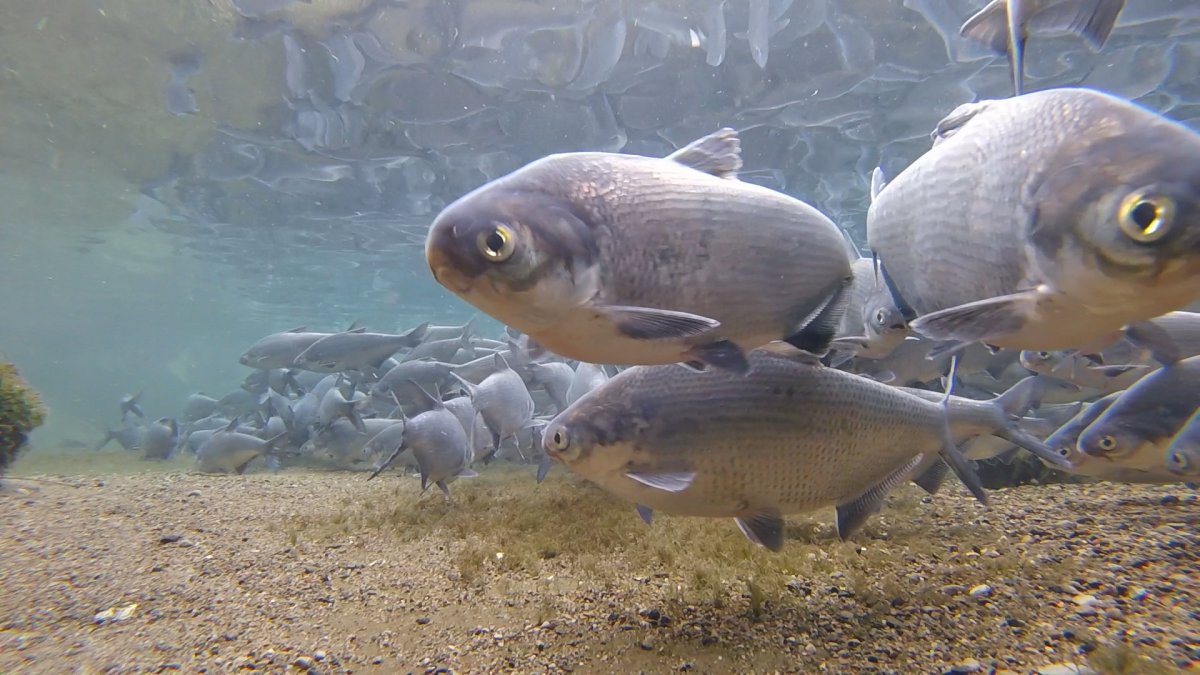The Upper Thames River Conservation Authority is alerting the public of a large fish die-off in the river but clarifying that it is a natural occurrence and there’s no concern for the impacted species.

The impacted fish, gizzard shad, are prone to large wintertime die-offs, the UTRCA says.
“I’ve been getting calls and emails since November about large numbers of fish congregating in the city of London,” says Michelle Fletcher, UTRCA aquatic biologist.
“So this was just the kind of a continuation of that. We got an email from the public on Monday this week that somebody had noticed quite a number of dead fish near the outlook for the Oxford wastewater treatment plant.”
Fletcher says there have also been many dead fish found near the Thames Valley Golf Course.
“Because the fish are being drawn to areas where you might assume that there’s an environmental spill, like from a wastewater treatment plant or from where the storm sewers are already, we thought that people might be thinking, ‘Oh, it’s pollution-related,’ but in this case, it definitely isn’t,” she explained.
The UTRCA says the Ontario Ministry of the Environment, Conservation and Parks is aware of the die-off and doesn’t believe it’s related to a spill or environmental pollution.
“This is a natural occurrence. It’s limited to one species, which is gizzard shad, and they’re not very cold-hardy so it’s very common to have large die-offs of them in over the winter,” Fletcher says.
“It may also tie into a natural endemic disease that they carry as well called VHS.”
The Ontario Ministry of Natural Resources and Forestry says VHS, or viral hemorrhagic septicemia, does not affect humans. It also says fish carrying VHS are safe to eat and handle, though “it is never wise for people or pets to consume or handle fish that look sick, are dying, or are already dead.”
That ministry is also aware of the die-off and will be recording any additional die-offs throughout the winter, the UTRCA says.
The gizzard shad is a member of the herring family and is a “really important part of the food web, especially in the Great Lakes,” says Fletcher.
“The juveniles make up a really good chunk of the diet of a lot of our game fish species. So things like musky and bass and northern pike really rely on this as a food source.”
Fletcher adds that there is no concern that the die-off will have a negative impact on the species in general since their numbers are already so high and it’s common for large numbers of them to die off, especially in winter.









Comments